Turn-taking based on when the child decides she’s “All Done” is fair and simple (see previous post Sharing: Throw Away Your Timer). But what happens when a child hogs the ball or decides to take a really looonnnnngggg turn?
When you put your child in charge of deciding when she’s all done, her turn might be five seconds, or it might be five hours. Time doesn't mean much to a young child. Finishing what she's involved in is what counts.
Long turns are not selfish, anti-social or unkind. This idea may take some getting used to, if you're an adult. Long turns are OK. In fact, long turns should be respected just as much as short ones.
A child takes a long turn to get a need met. It may be a need for motion (a swing), a need for trust, a need for control, or simply a need to explore an intense interest.
Kids typically take long turns if they're new at child-directed turn-taking. Why? They hog a toy to test the system. It's a matter of building trust. "Will dad really let me have the pony until I'm all done?" When they feel safe, they relax. Kids who have been forced to share in the past may take very long turns, but after they trust the system they begin to relax. The turns get shorter.
Some kids have a need for control. Hanging on to one object and controlling can be a way to feel safe. Address the underlying fear. Or give the child other opportunities to experience power and control in their lives (carrying a heavy object, being in charge of something).
Sometimes kids take long turns to practice a new skill or follow an intense interest. It develops focus and attention span. All the repetition may be boring to us (swinging and swinging, or pouring and pouring sand), but it’s exciting to them and these kids are working at an optimal level of learning.
How long is too long? What about waiting for the long turn to be done?
There is no real limit to how long a turn can be. Trust that at some point, the child will be "All Done." Some schools make signs that save the object for the next day. "Work in Progress." or "Saving for Sammy." If lunch interrupts the play, the turn can continue after lunch.
In a group situation, such as a preschool, home daycare or large family, use the magic tool of the Waiting List. This works well for popular, but limited, items such as swings. Simply write the names of waiting kids. Kids learn sequence and pre-literacy skills as they look for their names on the list. Soon you'll have children "writing" their names on their own waiting lists. It may look like scribbles, but they'll know exactly whose turn is next.
Counterintuitively, long turns offer another way for children to gain social skills and awareness of others. If a child's been waiting a long time, it's OK for him to be mad or frustrated and tell the other child how he feels. This helps kids who take long turns learn that their actions impact others. Meanwhile, the waiting child is learning delayed gratification and how to cope with negative emotions - vital life skills.
Finally, rules may be different for crowded, public areas. Some items are for everyone. Long turns don't work everywhere. If you're at a crowded children's museum, tell your kids the rules are different there. Then make room for long turns when you can.
Words you can say
Protecting long turns
- It’s OK to have a long turn.
- Yes, she’s having a long turn. When it’s your turn, you can have a long turn, too.
- Zoe doesn’t have to give it to you, but you can tell her how you feel.
- Tell her you’re tired of waiting! You can say you’ve been waiting all morning and it makes you mad.
- Let’s make a waiting list.
- Look – you’re next after Danny. Your name is right here at the top.
Sharing crowded or public space
- The climber is for everyone.
- There are lots of other kids here. Today we need to take fast turns.
- At home you can take a long turn. At the museum it’s different.
- Your turn’s done. If you want to do more, you need to line up and wait for another turn.
 Learn more about handling long turns in It’s OK Not to Share…And Other Renegade Rules for Raising Competent and Compassionate Kids. Sharing and long turns are just two of the 29 “renegade rules.” Or watch this short video.
Learn more about handling long turns in It’s OK Not to Share…And Other Renegade Rules for Raising Competent and Compassionate Kids. Sharing and long turns are just two of the 29 “renegade rules.” Or watch this short video.

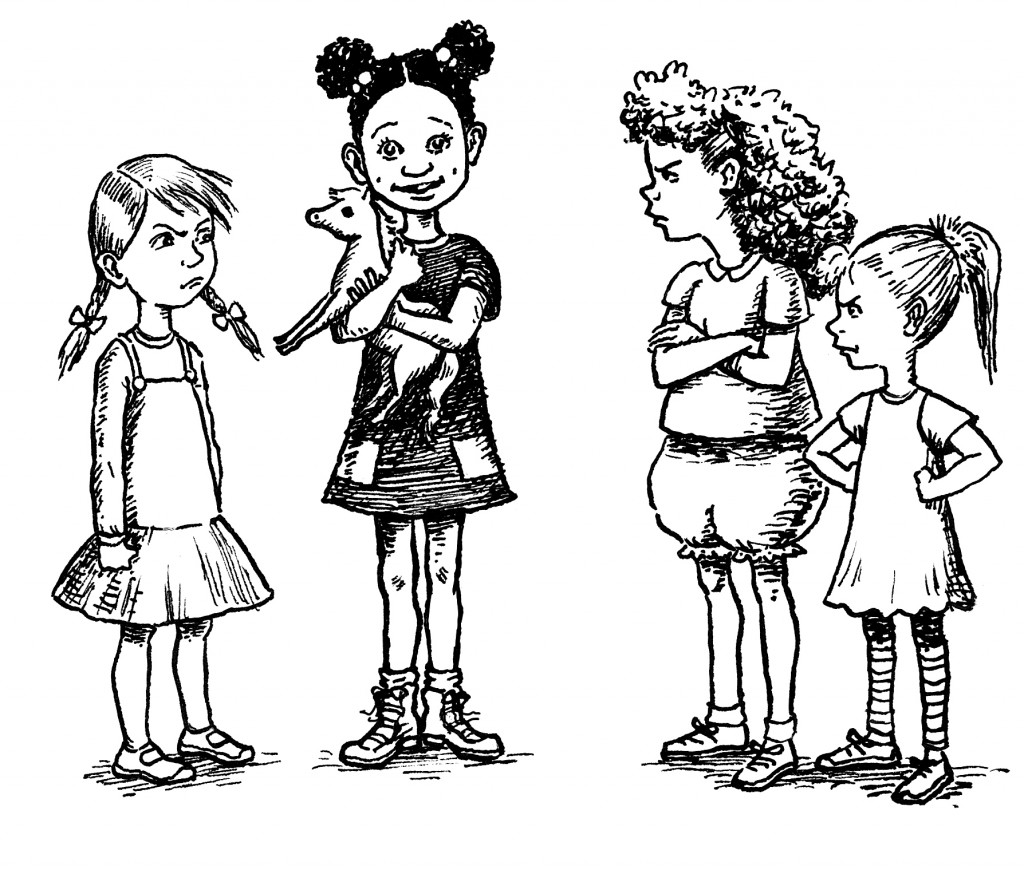

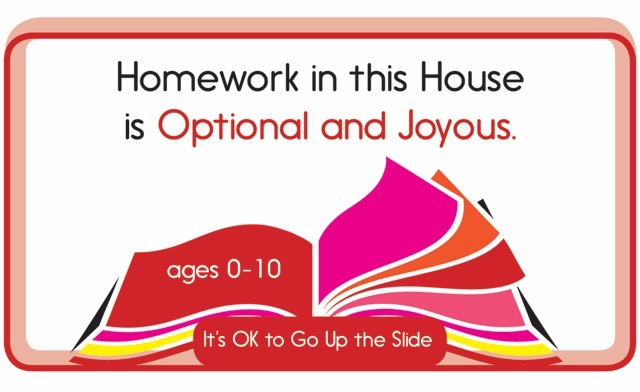
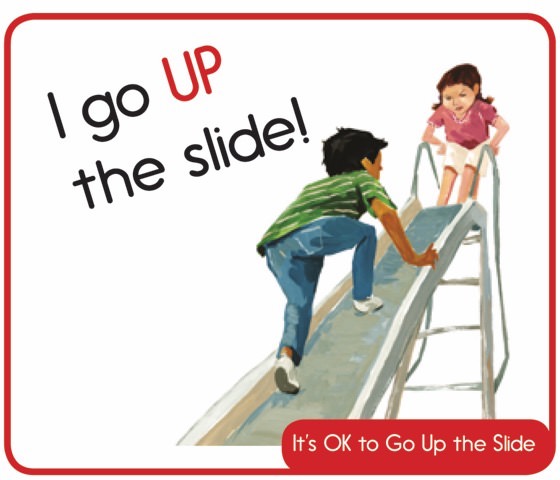
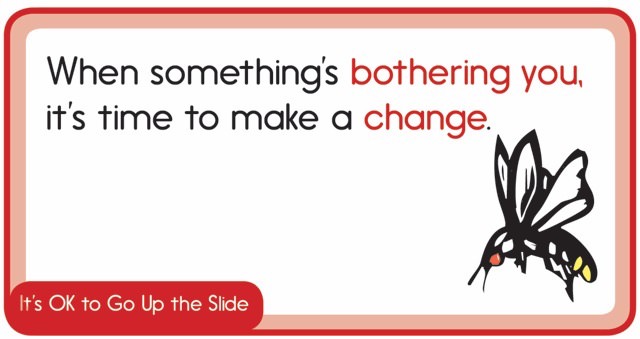
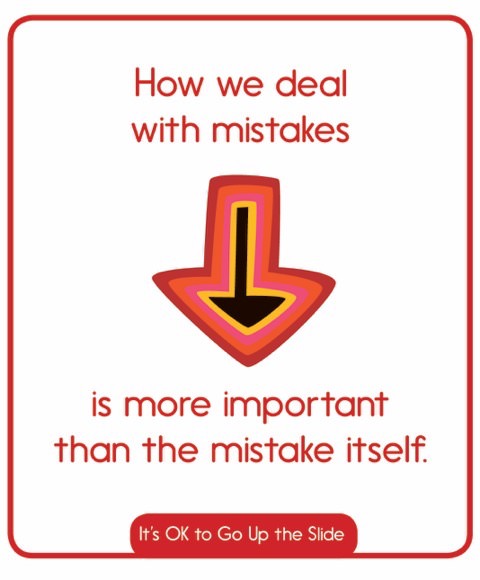
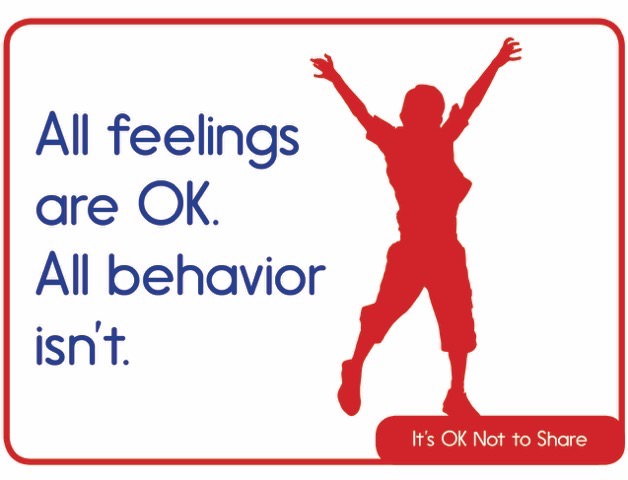
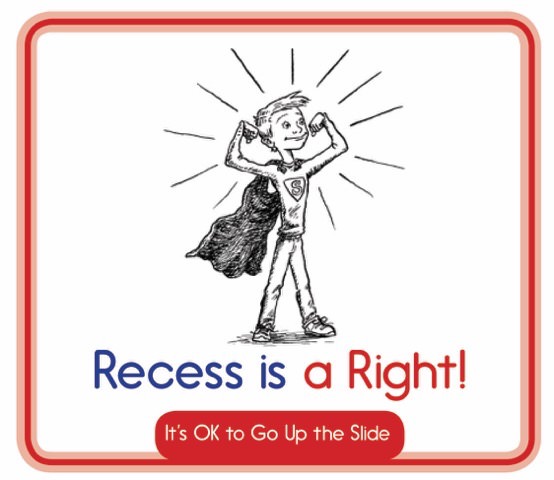
Yes! I could not agree more. One idea that I know I struggle with when it comes to long turns is what to do when children are using their long turns to find power in the context of a relationship with another child. For example, children who say explicitly to a waiting child: "I'm going to take a very long turn. You won't be able to have it for a long time." It's like they are testing the rules of friendship and exercising the power of the child-directed sharing to try out what it's like to be unkind. Do you have any suggestions?
Sometimes just reassurance of the rules everybody trusts helps - "You can have a long turn. You can have as long as you need. When it's Sam's turn, she can have a long turn, too." She may be testing you as the adult, too. Otherwise there may be some other conflict going on. You can ask the waiting child "Did you like it when she said that to you?" People aren't for hurting, not their bodies or their feelings. If the unkind words hurt, then it's time to sort out the conflict. (Who knows what's really prompting the behavior - maybe one kid is still mad at the other kid for some other reason)
I love this - so refreshing to read. Here's a little excerpt on sibling sharing from Hand in Hand Parenting (Patty Wipfler):
The policy I like best about disputed items is that the child who has the item gets to keep it until he’s done. Meanwhile, the parent “helps the other child wait” by making sure he is gently held if he tries to grab.
The parent listens to the child’s upset while he feels like he’s never going to get his turn. The crying or tantrum drains the “I’m a victim” feelings, the “I never get what I want” feelings, and the “It isn’t fair” feelings that often infect a sibling relationship, and turn it into a real power contest every day. All the parent needs to do is to listen to the feelings, and to keep giving the reassurance that, “You’ll get a turn. He won’t keep the red bike forever.”
As you’ll see, the “unfairness” of Jasmine getting to the puzzle first today will let Jacquie work on her upsets, and Jacquie getting to the swing first tomorrow will let Jasmine work on her upsets. Cry by cry, both children have a chance to have your company and closeness while they work out their upsets about the other.
Gradually, over time, this helps siblings develop patience and trust that, even if they can’t have what they want right now, they are loved and will get a turn later. You have children who love each other, and by listening, you’re helping them move big chunks of negative feelings out of the way of that love. The fun will follow.
When both children are pulling hard on the same item, an unusual but very effective strategy is to put your hand on the desired item, too, and say, “I’m sure you can figure out how to share this. I’m not going to let either of you grab it right now. You can figure this out.”
Lots of crying and heated feelings will follow, and when one or the other child has cried enough to think clearly, a solution will appear. One child will decide to wait, or they’ll begin negotiating with each other. It’s so difficult to resist clamping a solution onto the problem right away!
But allowing them to cry hard about their heated wants will make cooperation far more likely. And you won’t be required to keep the peace between them, once they’ve cried enough to come to their own solution.
We adults have been trained to try to solve the dispute quickly so the feelings will subside. It’s an emotional challenge for us to take the unusual tack that the feelings are the real issue, not the disputed item.
When we listen instead of legislating turns, we bring our children some moments to feel loved while they feel sad or angry. This love and reassurance while they are upset sticks with them far longer than the five minutes of (usually defensive) fun with the toy, after which they are tense again over when they will get their next five minutes.
Thanks for sharing your example. Yes, it's often more convenient for adults to whisk the negative feelings under the rug, but it doesn't make them go away.
Hi Heather. I agree with much of what you've said, but unfortunately I've found some parents miss the exceptions and nuances of your work and use your book to be downright antisocial.
Example: "You can have it when Ned is done!" is used instead of "Ned just does not want to share his toys with you, ever, or at least not at all today." I have seen someone keep a three year old hanging on hopefully for nearly two hours (til home time) when he never, ever had a chance at the toy in question. (In one situation the child was denying access to any toys he had "laid claim" to, whether he was actively playing with them or not, in other situations the child was promised a turn and expected to wait well beyond what we would reasonably expect a child of that age to be patient.)
That's not teaching good sharing/waiting skills - that's just lying and being rude! You can imagine how the waiting 3yo eventually reacted after showing EXTREME patience and what happened next time he was asked to "wait his turn" (no more patience, to put it lightly). Have the backbone to be honest and above all, be reasonable.
I think if you're promising a turn you have to be pretty confident that a turn is coming within a fair time frame. As an adult, we would think it pretty rude if someone tried to brush us off by promising us a turn and then never quite got around to giving it or kept us waiting for eternity with no end in sight. Not acceptable.
Example two: hogging public equipment in crowded places, which you just mentioned. As adults, we would be expected to return a public library book at the end of our designated turn, whether or not we'd finished with it to our satisfaction, and most adults I know will instinctively cut themselves off after a certain period when there's someone waiting even for their own, private property - or at least let the other party have a small look and a polite chat about it before moving on. Frequently we adults look for the win-win - a way for the other person to join in with what we're doing - rather than just saying no, you have to wait.
Unfortunately I've seen a lot of parents claim that, as adults, "Heather says" we would never share or cut short our turn so why make our kids do it? (To which my reply is well I'll be happy to stop sharing/cutting short my turn for you from now on! And perhaps I'll also stick to being friends with the majority of adults who don't it's ok to act like a two year old!)
There should never be a situation where two or three children are doing all the playing and the others are left sitting around glumly wishing their "friends" would just go home. What is that teaching? Again, not acceptable.
I guess I'm just hoping for some backup to emphasise the fact that as adults we ARE expected to share our things and be polite, and that it's just not ok to let kids be inconsiderate of others after all. Society involves both give and take, and if anything, the world would be a fairer place if we all demonstrated a little more give.
The goal is fairness and consideration of others with both approaches. What gets messy is deciding what a "fair time frame" is, if the adult is deciding instead of the child. Time is an extremely vague concept for young children, but being "done" is not.
I am comfortable trusting the child to take a long turn that may last much, much longer than an adult thinks is right (beyond the fair time frame). Kids need to learn internally what being considerate and inconsiderate means. Long turns are a great teacher of that - waiting kids express impatience, long turn kids understand the impacts of their actions. Thanks for your thoughtful comments. I know you will find the balance that works well for you.
I have always practised "forced sharing" thinking I was teaching them valuable lesson. Now. I've discovered that Ii've been doing it all wrong. My waiting period is timed. I always give each child a certain number of minutes and if my child takes more than the allocated time then the next person waiting gets extra minutes on their 'play' time. I was trying to teach when you "rob" someone else's time, you will have to pay back by reducing your play time by that extra minutes you took.
Time is very vague for young children. Adults track it. Kids exist. Thanks for sharing your reaction, and, above all, congratulations on approaching parenting with an open mind that lets you try out new ideas. I'm your fan!
Hi!
I am having a bit of trouble with this concept. I agree that in the right environment, long turns can be very beneficial! However, I am struggling with some things with regard to specifics. I really, really want to implement this, but a lot of my doubts are coming from my current situation in the current center that I work in. I understand the underpinnings, and I'm a big fan of this "type of teaching" - i.e. no yelling at, shaming, seeing behaviors as a cry out for needing skills taught/needing help, respecting children's emotions, etc. Reggio Emilia, Magda Gerber, Dewey... I guess what I'm trying to say is that I am coming at this from a place of understanding and striving to accept, but I have barriers to making it work in my situation.
Numbering for the sake of clarity:
1. I work in a center where many children have self-regulation issues. The staff also are very arbitrary as to when it is the next child's "go" at something (I had a staff member TELL a child that their painting looked finished, and as such it was another child's go). If I attempted to introduce long turns, I think the children would have a lot of trouble emotionally with the idea, to the extent that it would be extremely disruptive. Is it okay to introduce "short turns" when there is a wait/it is a favored item? At least a "short turn" (measured by a sand vial) is more fair than the arbitrary judgement of an adult of when there has been "enough" time? I feel like I would be starting a rebellion if I attempted a lung turn philosophy at this time.
How would I differentiate "time limits" on more lengthy activities - like play dough - versus "shorter" activities like playing the drum or riding the trike? (I know that this is a strength of the "long turn" philosophy, but it just Isn't Working where I am. I will try again once things have settled down from this time of great transition for the center - several people leaving, routines not in place because of Christmas break - but I want to be prepared in case this is Situation Normal).
2. Some things, like the climbing frame, I think if there is a line up, you need to "take turns" - and say that there is time for long play when there isn't a line up. (I have no idea why there was a line up at this particular time - I think it was because of my presence there!). What do you think? What items do you think a "short turn" duration would be appropriate, and which situations do you think not? Examples - being the one to use the drum in a time-limited group activity; riding one of three trikes available; playing with play dough; doing painting?
3. This is a bit more meta. Often, in life, the "turns" philosophy is more prevalent. In adult life, when activities have no defined "end", time limits or adult turn taking are often introduced (using a computer at the library). Or, in children's sport, when the bowler is in that position for 6 balls. Or when at the park, there is a line up for the swing - surely letting a child play on the swing for ages while other parent's children are waiting seems rude and selfish? How do you balance this idea with the idea of long turns?
4. This one is more psychological/behavioral. Your hypothesis is that long turns causes children to develop consideration - to use a bit of a facetious analogy, does that mean allowing hitting causes impulse control? How much to we "teach" consideration by enforcing time limits, as much as we "teach" impulse control by forbidding hitting? (for example, if people are waiting for the public phone and you keep talking for half an hour, that would be considered inconsiderate).
I hope that you don't perceive this post in an antagonistic way. I really do want guidence in this, not to argue. I would really appreciate your response! 🙂
Hello Kim,
I appreciate your comment. Thanks for doing some deep thinking about this one.
First, long turns and child-directed sharing can't be done without other adult support. If you are home on your own with your own kids, you can implement it easily. If you are in a classroom or center, you can also implement it easily - but only if you have other adults doing the same. Otherwise, it just gets more arbitrary and kids get confused.
You say: "The staff also are very arbitrary as to when it is the next child’s “go” at something (I had a staff member TELL a child that their painting looked finished, and as such it was another child’s go)"
This is a problem. Sounds as if you need to have a consistent philosophy at your center - whatever it is. As you know, it's very hard to "go it alone."
Your main challenge is to win some allies among your colleagues and try to present consistent behavior to the kids. You can do this, but it will take some work.
A few other responses to your well-thought out questions -
- You need at least 1-2 other adults to try child-directed sharing with you for an agreed-on time. Let's say a month. Then you can see results. The adults need to be TOGETHER on this.
- Self-regulation needs practice. Kids who are told what to do and when to end their turn get less practice. Child-directed turn taking DOES work with typical children and many special needs children, however, not knowing the kids in your class, it may not work with every child who has unique needs.
- If there is an item or situation that needs short turns, announce it. "We need to take short turns with the drum" (or swing in the park). Or decide ahead of time which items belong to everyone. "The climber in this classroom is for everyone." But most items - including only having 3 trikes - can be handled easily with long turns. Simply make a waiting list.
- long turns themselves do not "cause" consideration. It's how it's done. Point out to the child that her long turn is making Susie mad. Better yet, have Susie tell the child herself.
Best of luck gaining some fellow teachers on your side! Thanks for writing.
[...] Directing play often includes sorting out conflict for children, such as whose turn it is, or who had what toy first. Here’s another opportunity to let kids learn conflict resolution on their own. The true way to teach children conflict resolution is through modelling it yourself, not imposing it upon your kids. They need a chance to practice this too, and to see what works best among their peers. They may come up with solutions you hadn’t even thought of. And just because a new kid just showed up to play on the swing your kid is on, it is not a good reason to take your child off right away. Each kid deserves a decent length of turn. [...]
[…] For more insightful commentary on LOOONG TURNS check this out!: https://www.heathershumaker.com/blog/2013/09/19/child-directed-sharing-what-about-looonnnng-turns/ […]